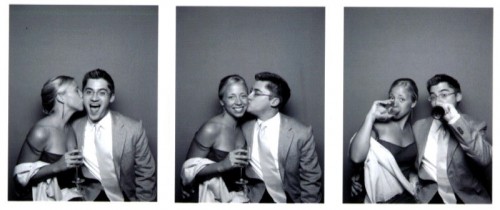It’s a fundamentally dramatic game: every player gets to strut up to the plate and try to knock it out of the park. Everybody gets the chance to be a hero. I remember it happening in little league: the worst player on the team would be at bat, and you’d think, oh god, we’re doomed, and then the little dude would line-drive to center or something, and everybody would go apeshit.
For those interested, my buddy John pointed out that one of his friends is blogging the playoffs for Esquire.
Go Tribe!

